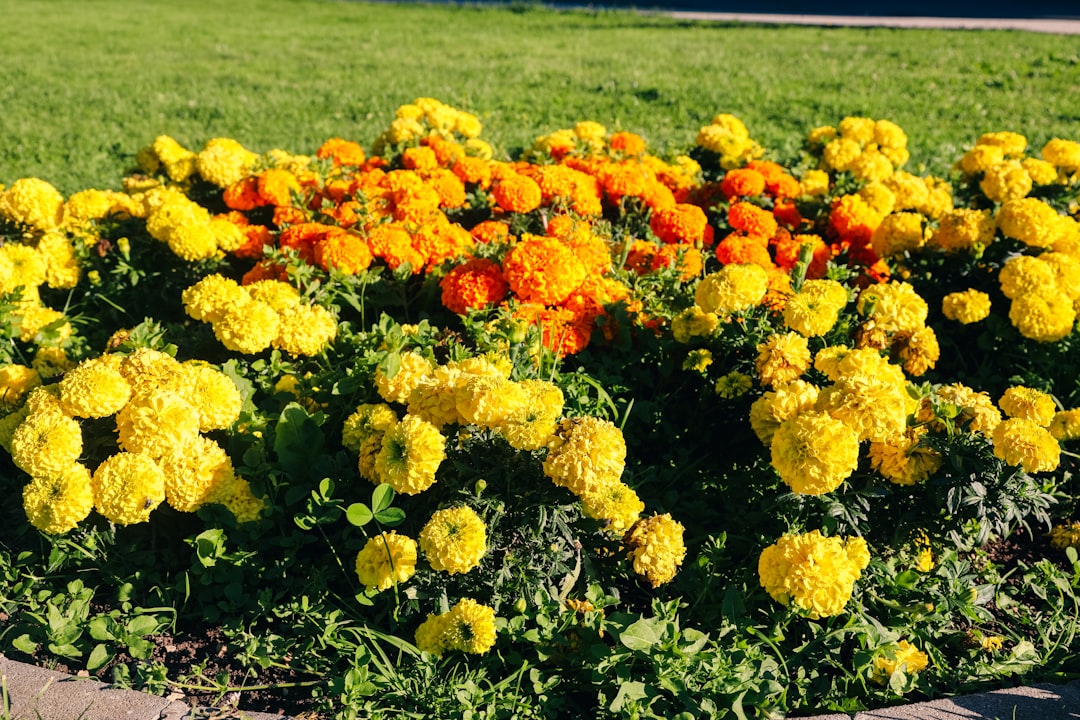Cultivating Citrus Bliss: A Guide to Growing Lemon Trees in Pots

Embarking on the journey of growing a lemon tree in a pot is a rewarding endeavor that allows you to enjoy the beauty and bounty of this citrus plant, regardless of your living situation. Whether you reside in a bustling city apartment or a cozy suburban home, a potted lemon tree can bring a touch of nature and a burst of fresh fragrance to your space. In this comprehensive guide, we'll delve into the essential steps and must - know tips to ensure your potted lemon tree thrives.
First and foremost, selecting the right pot is crucial for the health and growth of your lemon tree. The pot should be large enough to accommodate the root system as it grows. A pot with a diameter of at least 18 - 24 inches is recommended for a young lemon tree. As the tree matures, you may need to upgrade to a larger pot. The material of the pot also matters. Terracotta pots are a popular choice as they are porous, allowing for better air circulation and drainage. However, they can dry out quickly, so you'll need to monitor the soil moisture more closely. Plastic pots, on the other hand, retain moisture better but may not offer as much breathability. Make sure the pot has drainage holes at the bottom to prevent waterlogging, which can lead to root rot.
Next, let's talk about soil. Lemon trees prefer well - draining soil that is rich in organic matter. A good potting mix for lemon trees can be made by combining equal parts of peat moss, perlite, and compost. Peat moss helps retain moisture, perlite improves drainage, and compost provides essential nutrients. You can also add a small amount of lime to the soil to adjust the pH level. Lemon trees thrive in slightly acidic to neutral soil with a pH range of 6.0 - 7.0. Before planting your lemon tree, fill the pot about one - third full with the potting mix. Gently remove the tree from its nursery container, being careful not to damage the roots. Place the tree in the center of the pot and fill in the remaining space with the potting mix, pressing it down gently around the base of the tree.
Fertilizer is another key factor in the growth of your potted lemon tree. Lemon trees are heavy feeders and require regular fertilization to produce healthy foliage and fruit. A balanced citrus fertilizer with a ratio of 8 - 8 - 8 or 10 - 10 - 10 is ideal. During the growing season (spring and summer), fertilize your lemon tree every 4 - 6 weeks. You can use a slow - release fertilizer or a liquid fertilizer diluted according to the package instructions. In the fall and winter, reduce the frequency of fertilization to once every 2 - 3 months. Avoid over - fertilizing, as this can cause salt buildup in the soil and damage the roots.
Watering is also an important aspect of caring for a potted lemon tree. The frequency of watering depends on several factors, such as the size of the pot, the type of soil, and the environmental conditions. In general, water your lemon tree when the top inch of soil feels dry to the touch. When watering, make sure to soak the soil thoroughly until water drains out of the bottom of the pot. However, don't let the tree sit in standing water. During hot and dry weather, you may need to water more frequently, while in cooler and more humid conditions, you can reduce the watering frequency.
Pruning is essential for maintaining the shape and health of your lemon tree. Prune your tree in the late winter or early spring before new growth begins. Remove any dead, damaged, or diseased branches. You can also prune to control the size of the tree and encourage bushier growth. Cut back any branches that are crossing or rubbing against each other. When pruning, use sharp and clean pruning shears to make clean cuts.
Pest and disease control is also important for the well - being of your lemon tree. Common pests that can affect lemon trees include aphids, scale insects, and spider mites. You can use insecticidal soap or neem oil to control these pests. Regularly inspect your tree for signs of pests or diseases, such as yellowing leaves, spots, or webbing. If you notice any problems, take action immediately to prevent the spread of the infestation or disease.
Finally, providing the right amount of sunlight is vital for the growth of your lemon tree. Lemon trees need at least 6 - 8 hours of direct sunlight per day. Place your potted lemon tree in a sunny location, such as a south - facing window or a patio. If you don't have enough natural sunlight, you can use grow lights to supplement the light. Make sure to rotate the pot every few days to ensure all sides of the tree receive equal sunlight.
In conclusion, growing a lemon tree in a pot is a wonderful way to enjoy the beauty and flavor of this citrus plant. By following these tips on pot selection, soil, fertilizer, watering, pruning, pest control, and sunlight, you can ensure that your potted lemon tree thrives and provides you with delicious lemons for years to come.